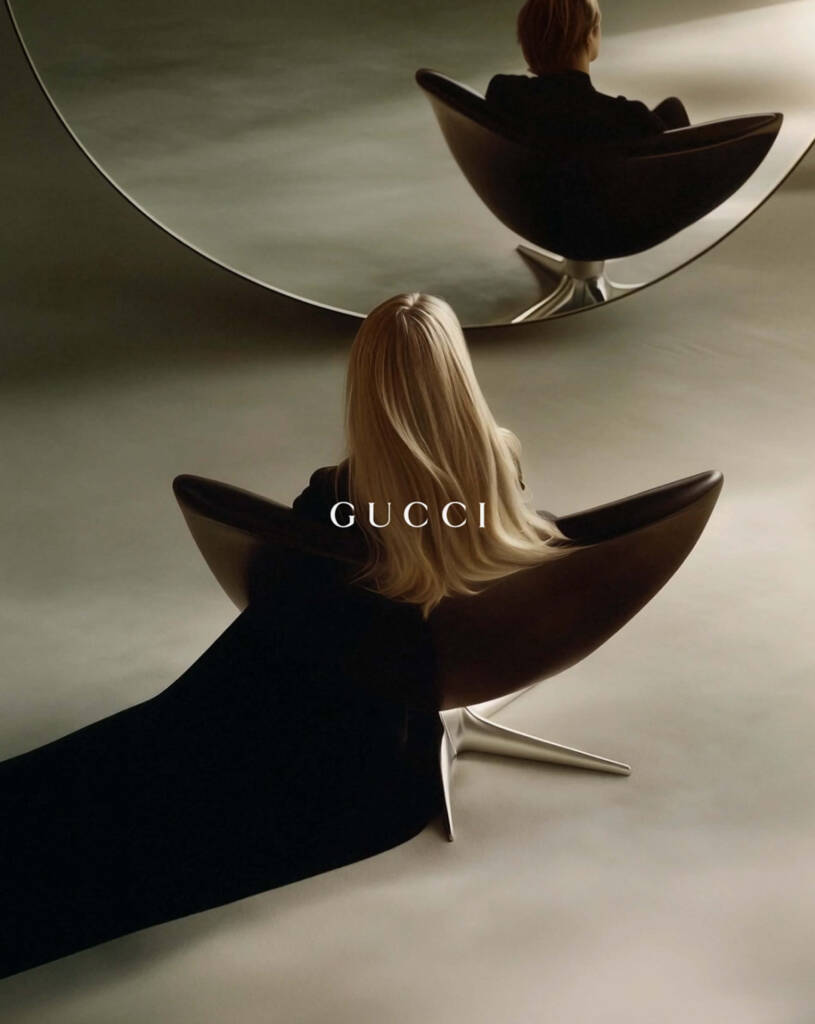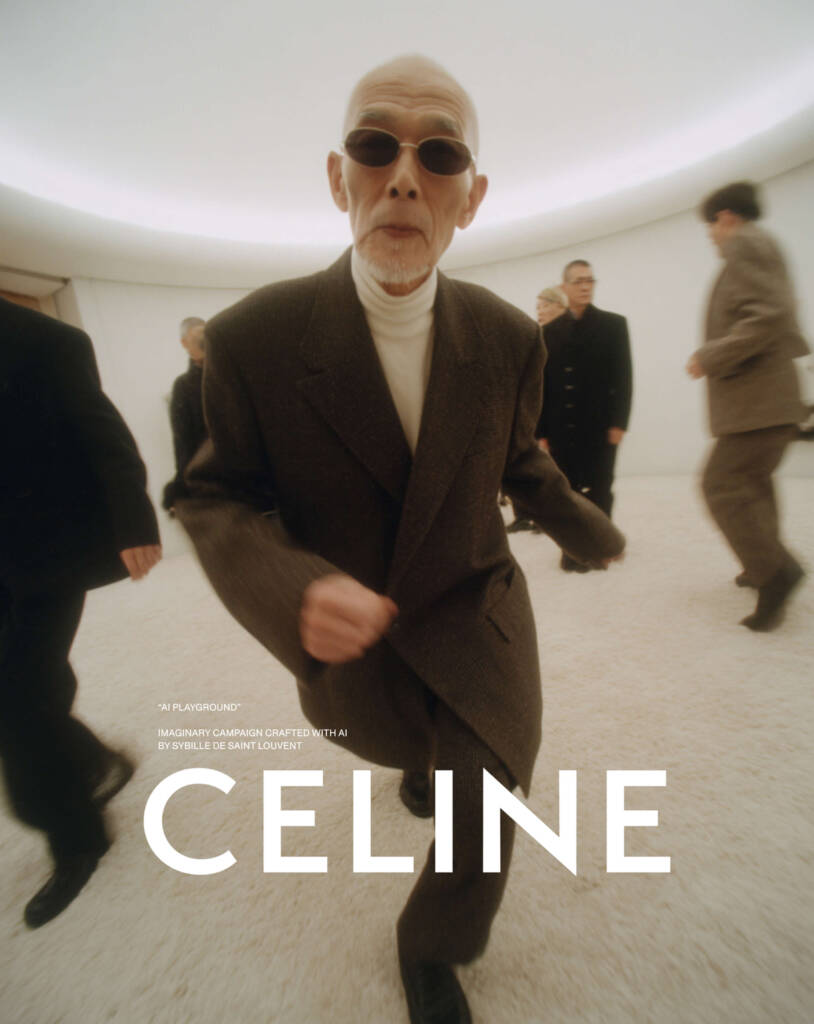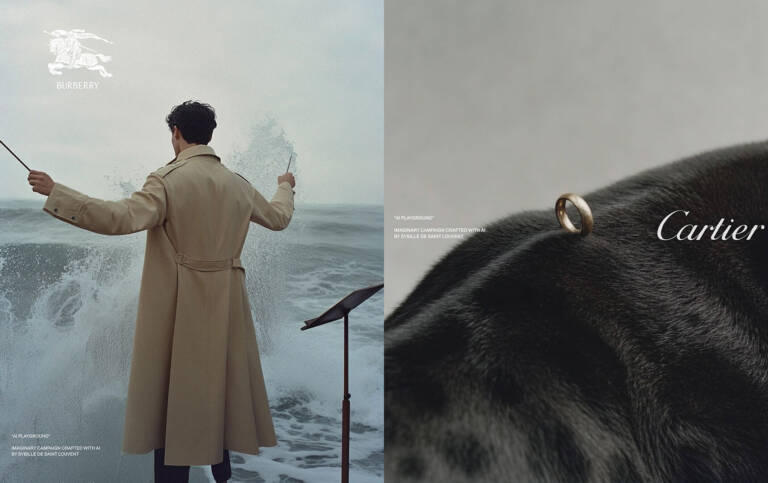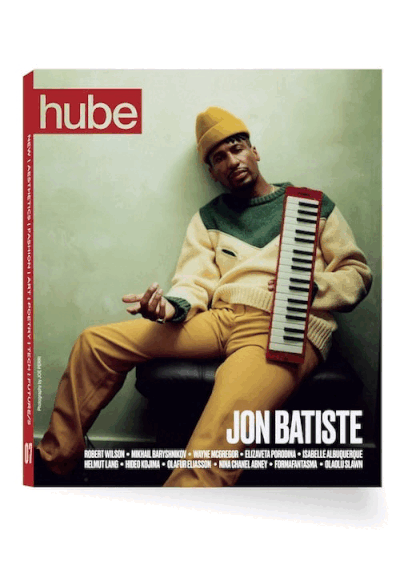Sybille de Saint Louvent doesn’t see creative direction as a job so much as a way of paying attention—an act of visual storytelling rooted in observation. Her images aren’t loud or overworked—they feel like they’re holding something back, leaving space for you to step in. Known for her self-initiated 30-day project that fused fiction with branding, Saint Louvent works independently, orbiting the industry without being consumed by it.
In conversation with hube, she talks about resisting the urge to “fit,” why every project still begins with a pen and a blank page, and how an image can function less like an ad and more like a quiet interruption—a reminder that storytelling is still what anchors us in a world moving too fast.
hube: Could you take us back to the early stages of your creative path—your education, your first influences, and the moment you knew directing was your language? Was there a specific experience that crystallized that direction?
Sybille de Saint Louvent: There wasn’t a defining moment, no epiphany that led me toward creative direction. I think I simply refused to let go of the wild freedom I had as a child—a visceral way of observing the world that didn’t align with any path I was offered. That resistance came at a cost. My teenage years, and even early adulthood, weren’t easy, marked by a sense of not fitting. But I’ve since come to see that refusal as the start of everything. It allowed me to create my own language—one that didn’t wait for validation.
My influences are, in a way, very ordinary. They come from the environment I grew up in—a family where curiosity was a quiet presence. My parents each had their own definition of beauty, and I was shaped by that plurality. I remember, even as a child, being struck by the tension between what I found classic or structured at home, and what felt transgressive in the pages of a magazine. I was ten, maybe eleven, reading Vogue as if it were a secret code. That contradiction—between refinement and rupture—became my playground. And I think it still informs the way I build images today.
h: How do dreams, memories, or subconscious impressions shape the emotional tone of your visual storytelling?
SdSL: Beauty often comes from the encounter between worlds that weren’t meant to collide. The stories I hear, the places I move through, even the silences between languages—that’s where the emotional tone of my work begins. I’m drawn to what feels hybrid, or slightly out of place.
If I fed myself only with the same visual grammar, I’d end up reproducing it. So I try to stay porous. I let the subconscious do its part, but I make sure it’s being fed with contrasts, because it’s often in the friction that something unexpected—and honest—appears.



